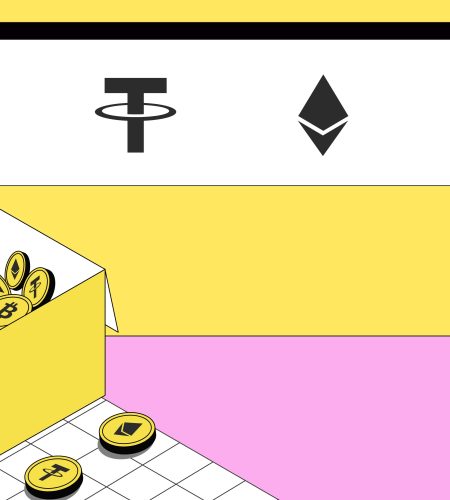When it comes to options trading, the term “break-even point“ often pops up when calculating profits and losses.
The break-even point is where the option holder’s gains and losses even out at expiration. It depends on the strike price, option premium, and the underlying asset’s price.
For a call option, the break-even point equals the strike price plus the option premium. Profits start when the asset’s price rises above this point. If it’s below, the holder will have losses.
For a put option, the break-even point equals the strike price minus the option premium. Profits start when the asset’s price falls below this point. If it’s above, the holder will have losses.
Knowing the break-even point helps with options trading and stop-loss strategies. Let’s explore some scenarios:
1. Buy call option – the sky’s the limit, and losses limited
When you think the underlying asset’s price will rise, you can buy a call option.
If the price goes up, you can buy the asset at the predetermined price. If it falls, you won’t exercise the option and only lose the fee.
Imagine you buy a call option for a stock with a $50 strike price and a $2 cost. If the market price goes above $50, you can exercise the option, buy the stock at $50, and sell it at a higher market price for profit. If the price hits $60, you buy at $50 and sell at $60, earning $8.
But if the market price drops below $50, you won’t exercise the option and will lose the $2 cost.
The specific profits and losses can be seen in the table below:
| Stock market price | Profit/Loss of buying call option |
| $30 | -$2 |
| $40 | -$2 |
| $52 (break-even) | 0 |
| $60 | $8 |
| $70 | $18 |
2. Sell call option – profits limited, losses unlimited
When you think the underlying asset’s price will drop, you can sell a call option.
Selling a call option means selling a contract, obligating you to sell the underlying asset at a predetermined price in the future.
If the market price is lower than $50, the buyer won’t exercise the option, and you’ll earn a $2 profit from selling the option. But if the market price is higher than $50, the buyer will exercise the option, and you’ll have to sell the stock at $50, incurring a loss.
The specific profits and losses can be seen in the table below:
| Stock market price | Profit/Loss of selling call option |
| $30 | $2 |
| $40 | $2 |
| $48(break-even) | $0 |
| $60 | -$8 |
| $70 | -$18 |
3. Buy put options – unlimited profit, limited loss
When you think the underlying asset’s price will fall, you can buy put options.
If the price drops, you can sell the asset at the predetermined price. If it rises, you won’t exercise the option and only lose the premium.
For instance, you buy a put option for a stock with a $50 strike price and a $2 cost. If the market price is below $50, you can exercise the option, sell the stock at $50, and buy it back at a lower market price for profit. If the price hits $40, you sell at $50 and buy at $40, earning $8.
But if the market price is above $50, you won’t exercise the option and will lose the $2 cost.
The specific profit and loss can be seen in the following table:
| Stock market price | Profit/loss of buying put option |
| $30 | $18 |
| $40 | $8 |
| $52(break-even) | $0 |
| $60 | -$2 |
| $70 | -$2 |
4. Sell put options – limited profit, unlimited loss
If you think the underlying asset’s price will rise or won’t fall below the exercise price, you can sell put options.
Selling put options earns you a premium. However, if the underlying asset’s price drops below the exercise price, you’ll need to buy it at the agreed price and sell it to the holder, potentially incurring unlimited losses.
For example, if you sell a put option with a $50 strike price and a $2 premium, and the market price is above $50, the holder won’t exercise the option, and you’ll receive the $2 premium. But if the market price is below $50, the holder may exercise the option, requiring you to buy the stock at $50 and sell it to the holder at a lower price.
The specific profit and loss can be seen in the following table:
| Stock Market Price | Option Profit/Loss of selling put option |
| $30 | -$18 |
| $40 | -$8 |
| $48(break-even) | $0 |
| $60 | $2 |
| $70 | $2 |
To sum up, options trading offers a variety of strategies for different market outlooks. Calculating the break-even point and understanding the profit and loss potential of each strategy are crucial for successful trading.
Remember that options trading carries risks, and it’s essential to fully understand the strategies and their potential outcomes before engaging in these transactions. By doing your due diligence and comprehending the math behind options trading, you can make informed decisions that align with your financial goals and risk tolerance.
Always consult a financial advisor or do thorough research before diving into the world of options trading.

Comments